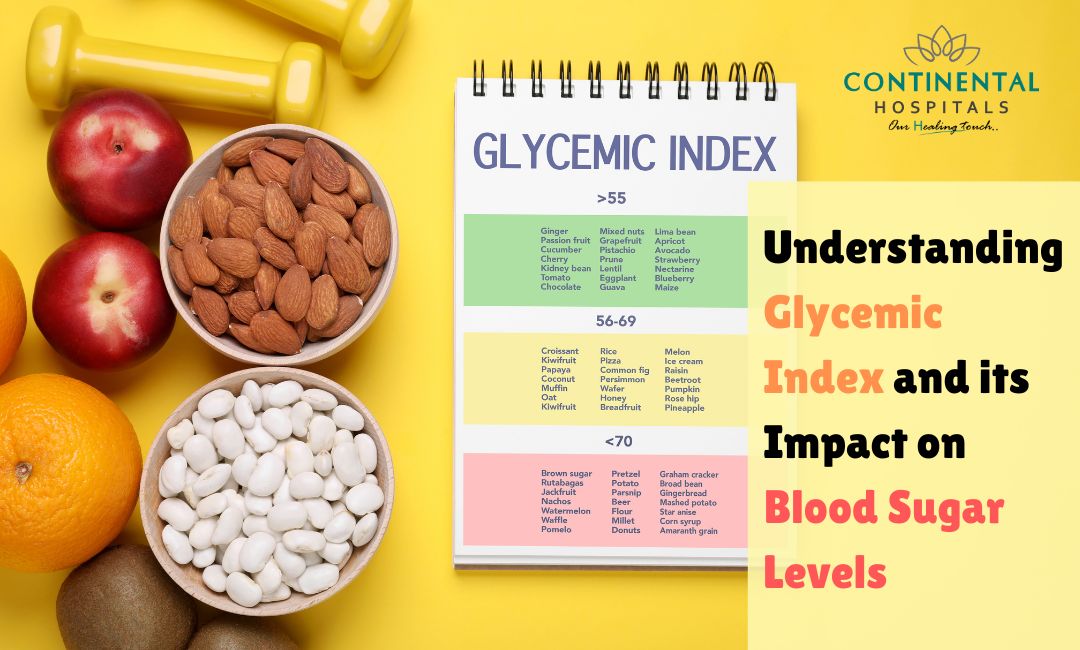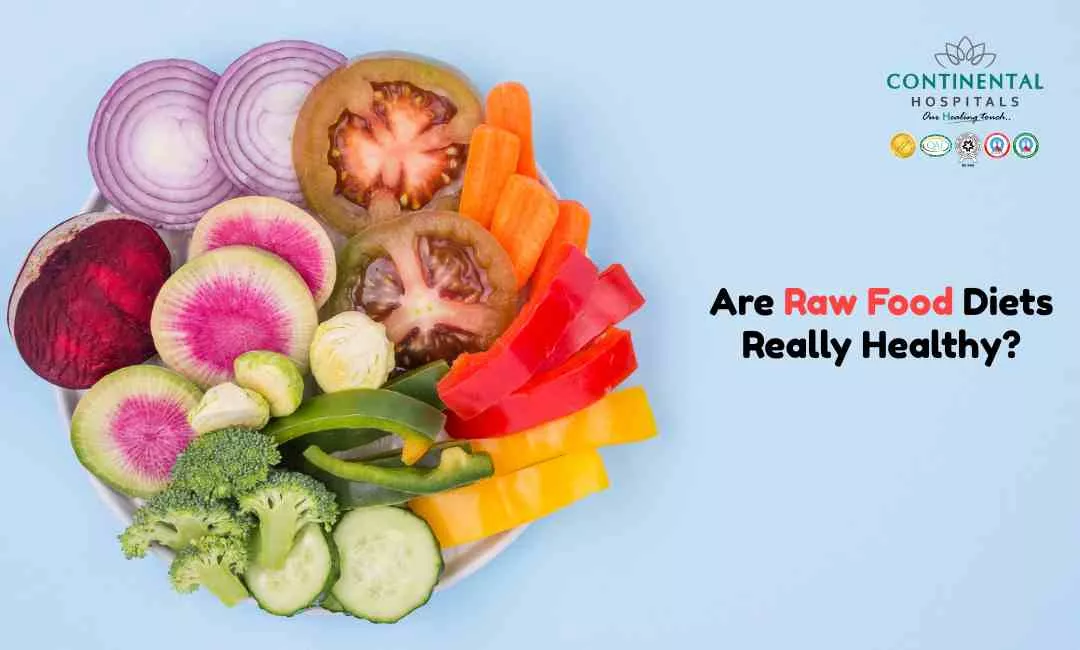The glycemic index (GI) is a critical concept in nutrition science that measures how carbohydrate-containing foods affect blood sugar levels. This tool helps individuals, especially those with diabetes, to make informed dietary choices. By understanding the GI, one can manage blood sugar levels more effectively, thus promoting overall health and preventing complications related to blood sugar imbalances.
What is the Glycemic Index?
The glycemic index ranks foods on a scale from 0 to 100 based on how quickly and significantly they raise blood glucose levels after consumption.
Foods are categorized as low, medium, or high GI:
Low GI (55 or less): Foods that cause a slow and steady rise in blood sugar.
Medium GI (56-69): Foods that cause a moderate rise in blood sugar.
High GI (70 and above): Foods that cause a rapid and significant increase in blood sugar.
The Science Behind the Glycemic Index
When we consume carbohydrates, they are broken down into glucose, which enters the bloodstream and raises blood sugar levels. The rate at which this occurs depends on various factors, including the type of carbohydrate, its fiber content, the presence of fat or protein, and how the food is processed or prepared. Foods with a high GI are digested and absorbed quickly, leading to a rapid spike in blood sugar levels. In contrast, low GI foods are absorbed more slowly, leading to a gradual increase in blood sugar.
Importance of the Glycemic Index
Diabetes Management
For individuals with diabetes, maintaining stable blood sugar levels is crucial. Foods with a low GI can help manage blood sugar levels by preventing spikes and crashes. This can reduce the risk of long-term complications associated with diabetes, such as cardiovascular disease, nerve damage, and kidney problems.
Weight Management
Low GI foods can also be beneficial for weight management. They promote satiety and help control appetite, which can lead to reduced calorie intake. By keeping blood sugar levels stable, low GI foods help prevent the cravings and energy crashes that often lead to overeating.
Cardiovascular Health
Consuming low GI foods can improve lipid profiles and reduce the risk of heart disease. Stable blood sugar levels are associated with lower levels of bad cholesterol (LDL) and higher levels of good cholesterol (HDL). Additionally, low GI diets can reduce inflammation, a key factor in the development of cardiovascular diseases.
Factors Affecting Glycemic Index
Several factors can influence the GI of a food:
Type of Carbohydrate: Simple sugars generally have a higher GI than complex carbohydrates.
Fiber Content: Foods high in fiber tend to have a lower GI because fiber slows down the digestion and absorption of carbohydrates.
Fat and Protein Content: The presence of fat and protein can lower the GI of a food by slowing the digestive process.
Ripeness: For fruits and vegetables, ripeness can affect the GI. Riper produce generally has a higher GI.
Processing and Preparation: The more processed a food is, the higher its GI tends to be. Cooking methods can also impact the GI; for instance, al dente pasta has a lower GI than soft-cooked pasta.
Examples of Low, Medium, and High GI Foods
| Low GI Foods | Medium GI Foods | High GI Foods |
| Lentils (32) | Brown rice (68) | White bread (75) |
| Chickpeas (33) | Whole wheat bread (69) | Cornflakes (81) |
| Apples (39) | Sweet corn (60) | Potatoes (85) |
| Carrots (41) | Bananas (62) | Glucose (100) |
| Milk (31) | Oatmeal (55) | Rice cakes (82) |
How to Incorporate Low GI Foods into Your Diet
Incorporating low GI foods into your diet involves making conscious choices about the types of carbohydrates you consume.
Here are some practical tips:
Choose Whole Grains: Opt for whole grains like quinoa, barley, and bulgur instead of refined grains like white rice and white bread.
Include Legumes: Beans, lentils, and chickpeas are excellent low GI options that can be added to salads, soups, and main dishes.
Eat Plenty of Vegetables: Non-starchy vegetables like leafy greens, broccoli, and peppers are low in GI and high in essential nutrients.
Select Fruits Wisely: Choose fruits with a lower GI such as apples, pears, and berries. Consume high GI fruits like watermelon and pineapple in moderation.
Combine Foods: Pair high GI foods with low GI foods to balance the overall glycemic impact of your meal. For example, add some avocado (low GI) to your toast (high GI) or have a side salad with your pasta.
Glycemic Load: A Complementary Concept
While the glycemic index is useful, it doesn't take into account the amount of carbohydrate in a typical serving. This is where the concept of glycemic load (GL) comes in. Glycemic load is calculated by multiplying the GI of a food by the amount of carbohydrates in a serving and then dividing by 100. It provides a more accurate picture of a food’s impact on blood sugar levels. For example:
Watermelon has a high GI (80) but a low carbohydrate content, resulting in a low GL.
A large serving of a low GI food can still have a high GL if it contains a substantial amount of carbohydrates.
Benefits of a Low GI Diet
Improved Blood Sugar Control
Low GI diets can help individuals with diabetes achieve better blood sugar control, reducing the risk of complications. This is achieved by minimizing the fluctuations in blood sugar levels that occur after eating.
Enhanced Energy Levels
By providing a steady release of glucose into the bloodstream, low GI foods help maintain consistent energy levels throughout the day, preventing the highs and lows associated with high GI foods.
Reduced Risk of Chronic Diseases
Long-term consumption of low GI foods is associated with a reduced risk of developing chronic diseases such as type 2 diabetes, heart disease, and certain cancers. The anti-inflammatory properties of low GI diets also contribute to overall health and longevity.
Potential Drawbacks and Considerations
While the GI is a valuable tool, it has some limitations:
Individual Variability: The GI of a food can vary between individuals due to differences in metabolism, gut microbiota, and other factors.
Mixed Meals: Most meals contain a mix of foods, which can alter the overall glycemic response. The GI of a single food doesn’t always reflect the impact of a mixed meal.
Nutrient Content: A low GI does not necessarily mean a food is healthy. For example, chocolate has a low GI but is high in sugar and fat. Nutritional value and overall diet quality should also be considered.
Conclusion
Understanding the glycemic index and its impact on blood sugar levels can empower individuals to make healthier dietary choices. By incorporating low GI foods into your diet, you can achieve better blood sugar control, maintain steady energy levels, and reduce the risk of chronic diseases. While the GI is a useful tool, it should be used in conjunction with other nutritional considerations to ensure a balanced and healthful diet. Adopting a low GI diet can be a significant step towards better health and well-being.
Related Blogs:
.webp)














